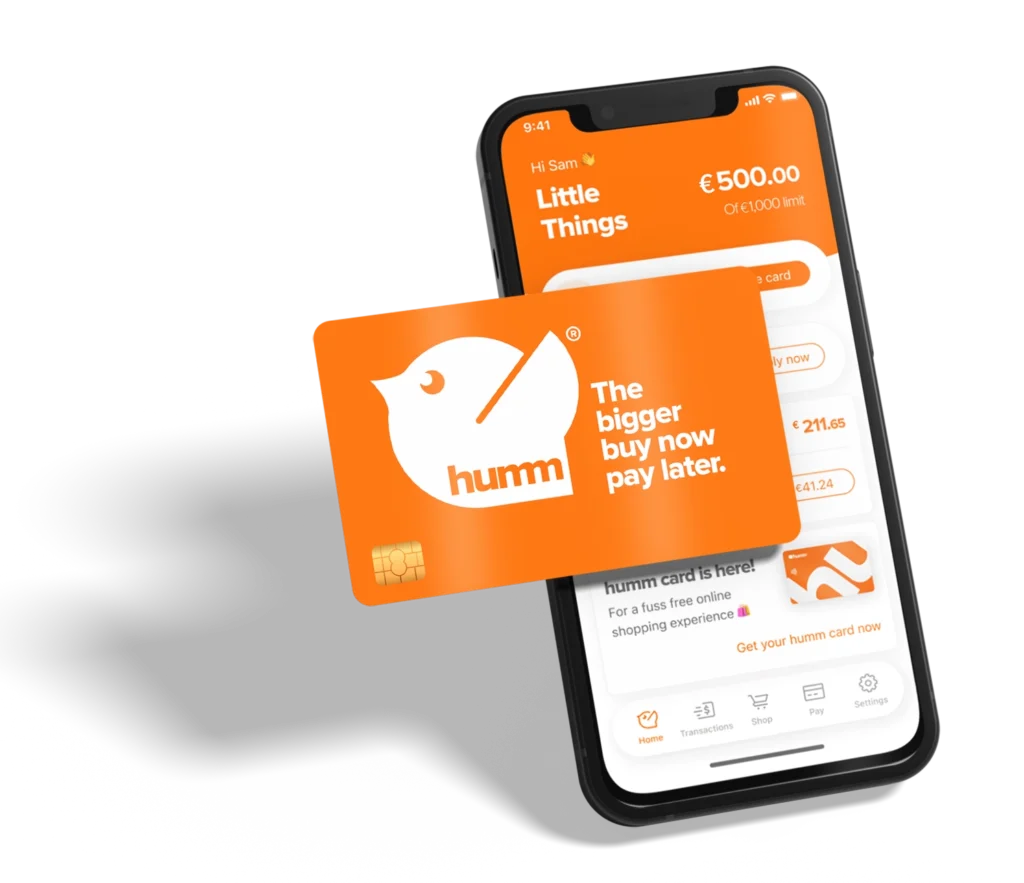
What exactly is Acne & who gets it–blog written by our skin therapist Jo, who herself has suffered with acne so is passionate about helping you with your skin.
Acne is a skin condition that many of us have experienced to some degree. Nearly everyone between the ages of 15-17 experiences some form of acne at some stage in their lives. Acne forms when hormonal changes increase the amount of sebum that your skin produces. Acne is caused by an excess build up of sebum in the follicle. In acne patients, keratinocytes (dead skin cells) build up and stick together on the epidermis. This build up of keratinocytes mixes with the excess sebum and this substance then blocks the pore, in turn creating an open comedone also known as a white or black head.
This is an ideal environment for the acne bacteria to form, which then gravities to the blocked pore. Your body then stimulates an immune response which presents as inflammation, redness and pus.

Some causes of acne we can change and some we cannot:
Causes we can change–
*Stress
*Using product that is not oil free/using products that clog your skin.
*Using the wrong actives and using actives incorrectly.
*Lack of sleep
Causes we can not change-
*Changing hormone levels
*Family history of acne- it is estimated that acne has a inheritability of up to 80%
*Side effects of medication
*Men undergoing testosterone treatment
What skincare ingredients help?
There are a number of active ingredients that can help reduce oil production, shrink active acne and help prevent formation of new acne. I will give you Three of my personal favourites when I am treating patients with acne prone skin. A good home care routine is absolutely essential when treating acne. A lot of patients get reoccurring acne because they stop use of products once their skin clears. 80% of your overall results will be determined by home care. In clinic treatment will maximise and speed up these results.
*Topical and oral retinoids (Vitamin A)– this is my No.1 ingredient when treating acne prone skin. I have seen so many incredible results from incorporating Vitamin A into my patients skincare routines. Vitamin A helps reduce sebum production, in turn reducing the formation of comedones and in some cases it can actually inhibit microcomedones. This active ingredient will help cell turnover, which will improve overall skin texture and tone. Vitamin A is an ingredient you will have to introduce gradually to your skin so it is always best to seek advice prior to use.
*Salicylic acid– I love this ingredient for congested skin. Salicylic helps reduce inflammation in active acne and exfoliates the skin by removing dead skin cells, which keeps your pores clear and will prevent future break outs.
*Benzoyl peroxide– Benzoyl peroxide has anti bacterial and anti inflammatory benefits. works to treat and prevent future acne by killing the bacteria underneath the skin, as well as helping shed dead skin cells and reduce sebum production.
Which In-Clinic treatments help?
I choose my treatments very carefully for acne prone skin. It is very important to have a skin journey consultation to assess the skin & then I tailor make a treatment plan specifically for each client.
*Obagi blue peel radiance– Acne can be quite painful when active, this treatment I find very beneficial for reducing inflammation in acne patients. It also helps exfoliate the skin and deep clean pores. Chemical peels are an amazing way to treat the more superficial layers of the skin. However, your skin therapist must pick the right peel for your skin.
*Sciton Forever Clear BBL– Sciton forever clear system allows me to use laser to treat acne in three different ways. The blue light kills the acne bacteria under the skin, BBL (Broad Band Light) treats current redness and Skintyte will help repair the epidermal and dermal layers of the skin. This improves overall skin texture and more importantly skin tone.
Once we have removed inflammation and congestion in the skin, we can start to look at ways to treat post inflammatory hyper pigmentation and acne scarring.
In-Clinic treatments for post inflammatory hyper pigmentation:
*Non-Ablative lasers– Clear and Brilliant and Fraxel- these lasers work very well to break down pigmentation. Because we are making controlled injury to your skin it will also help with mild acne scarring.
•BBL- broad band light – A very effective treatment for post inflammatory pigmentation. Broad band light will draw superficial pigment to the surface, breaking it apart and stimulating the production of new collagen. This laser will also help diffuse any redness caused by acne.
Treatments to target acne scarring:
*SkinPen- Microneedling will cause superficial injury to the skin, your tissue then goes into tissue profleration (growth of new tissue) and begins to remodel. This is a very effective way to reduce the appearance of scarring.
*Fully Ablative lasers– Ablative laser will remove the epidermal layer of the skin. Your body then goes into healing mode from the injury caused to the tissues. New collagen and elastin is formed, and it also removes old skin cells in order to reveal newer, more youthful & smoother cells.
And remember Good skin requires commitment not a miracle!
Jo




